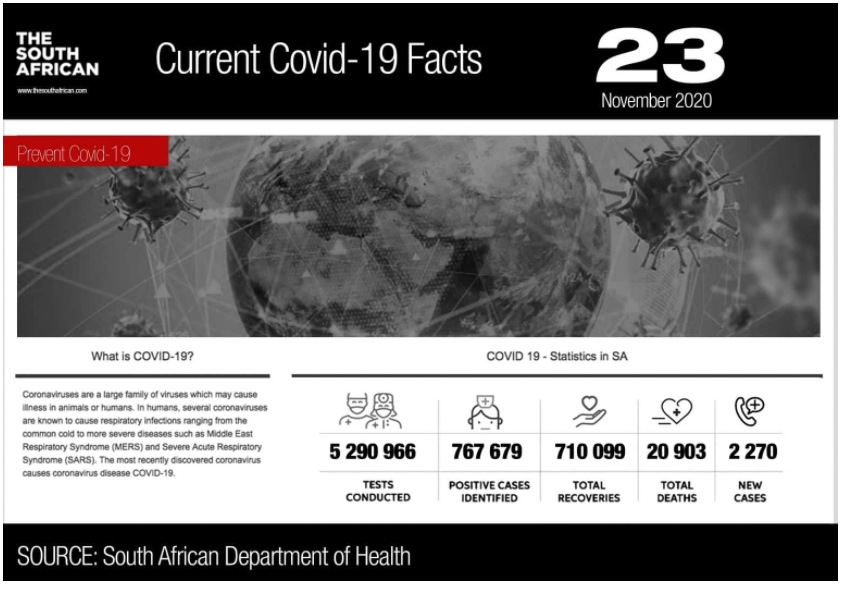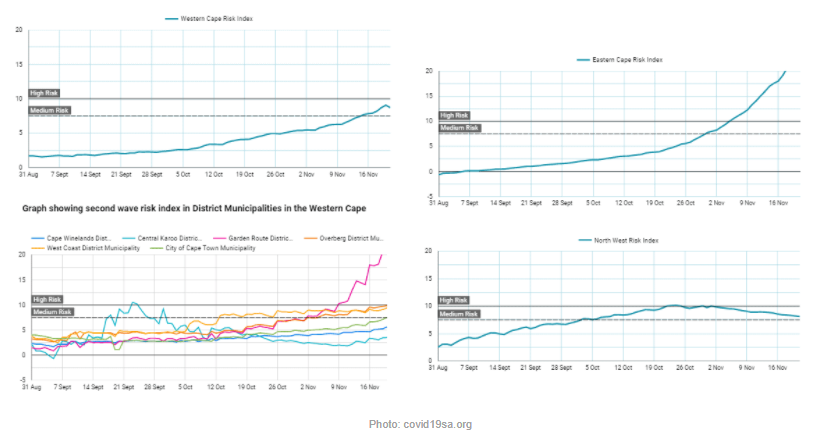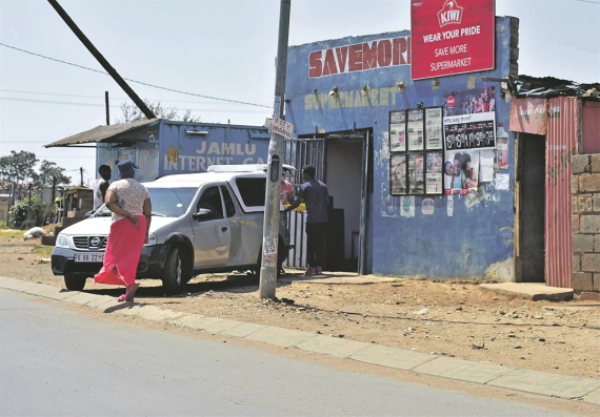Could a second wave of mass COVID-19 infections hit your province? The numbers have been crunched, and these results are eye-opening.
The threat of COVID-19 has not left South Africa, and it’ll be with us for some time to come. Government officials have bemoaned the ‘complacency’ displayed by some members of the public during Level 1 of lockdown, and the latest data released by Wits University shows that the chances of a second wave hitting this country are very real indeed.
On Sunday, the Health Department confirmed that 2 270 cases were registered over the most recent 24-hour period. For the first time in months, daily case numbers breached the 3 000-mark on Saturday. The numbers are almost certainly going in the wrong direction, as the death toll from coronavirus now stands at 20 903.
Cabinet’s scientific advisors are not too worried by these trends. Professor Salim Abdool Karim says that South Africa is not experiencing a second wave at the moment, and national data is being driven by ‘local super-spreader events’.
However, that does not mean the rest of us are off the hook. New research has assessed the probability of a second wave hitting each of South Africa’s nine provinces. Now, here comes the scientific part – there’s an index used to calculate risk levels:
- Gauteng, KwaZulu-Natal, Free State, and the Northern Cape remain at a ‘lower-risk‘ of encountering a second wave. However, in the former two provinces, the chances of a resurgence have risen in the past few weeks.
- North West, Limpopo, and Mpumalanga are currently rated at ‘mid-to-high risk‘ for a second wave. The latter province is still showing signs of cases increasing – which would take Mpumalanga to the next level on the index.
- The Western Cape is ‘the second-most at-risk province‘ in the country, as cases have soared in hot-spots along the Garden Route. However, in the past week, the threat of a second wave has decreased.
- The Eastern Cape is the only province rated above and beyond the ‘high-risk‘ threshold. Scoring a mammoth 23.9 on the index, this number is three times higher than the initial figure which would spark concern amongst officials.
Read full article HERE











